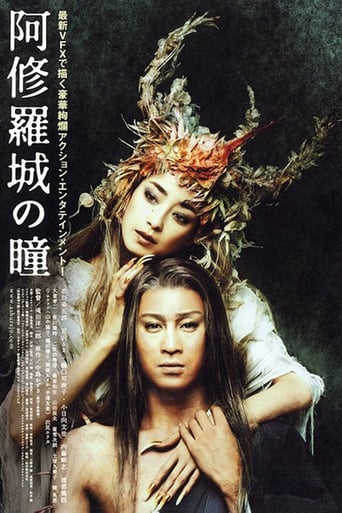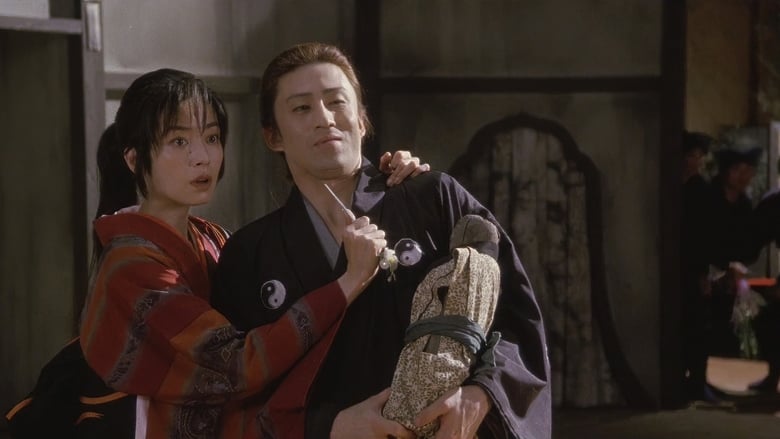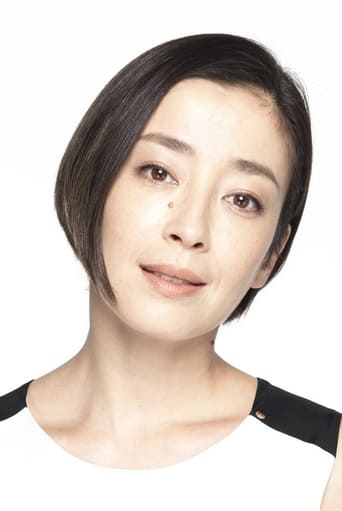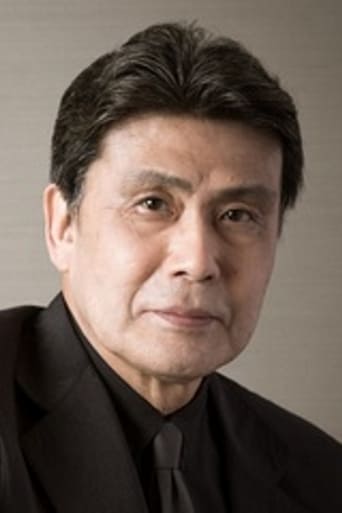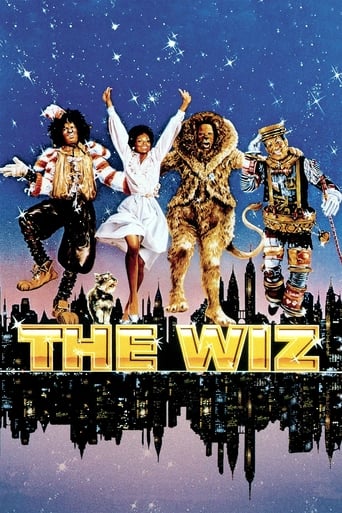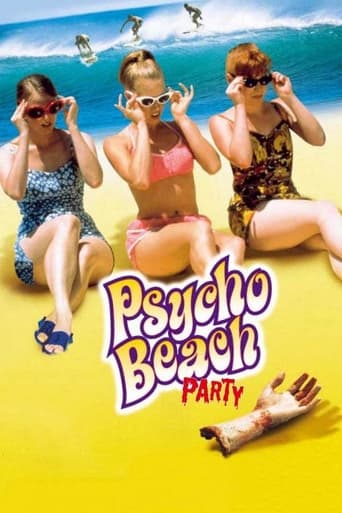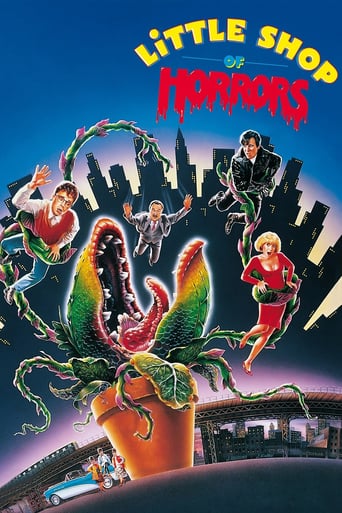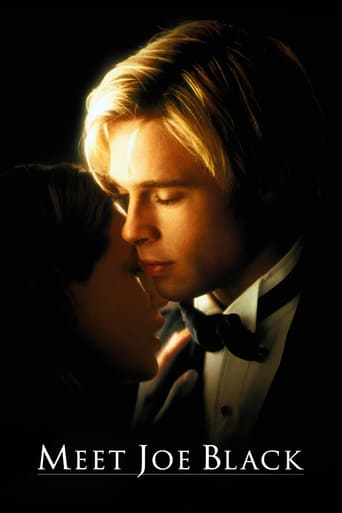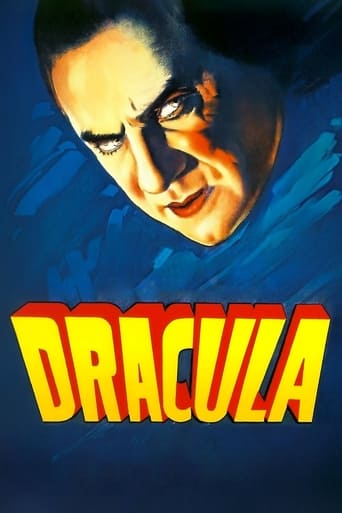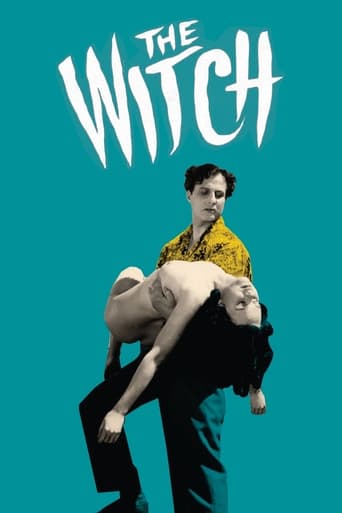Ashura (2005)
Adapted from the successful play, the film takes place in 19th-century Japan, where a war between demons and their slayers is fought. Izumo, a kabuki actor with a demon-slaying past, meets and falls in love with Tsubaki. However, something is not right, as mysterious marks appear on her body as time progresses. At the same time, it is announced that Ashura, the queen of all demons, will be resurrected and bring destruction to the universe.
Watch Trailer
Free Trial Channels
Cast


Similar titles
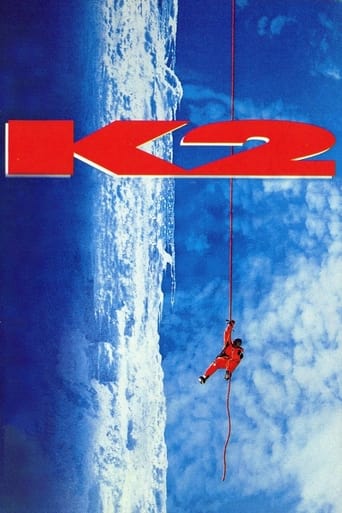
Reviews
One of the best films i have seen
Good story, Not enough for a whole film
The movie runs out of plot and jokes well before the end of a two-hour running time, long for a light comedy.
It really made me laugh, but for some moments I was tearing up because I could relate so much.
Viewed on Streaming. Production value = eight (8) stars. Director Youjirou Takita unleashes a dynamic period fantasy that seems to be targeting just about all ages. This is a spectacular Shochiku Company production loaded with foreground/background CGI effects and samurai-style sword swinging. It is also spectacularly plain silly (and boringly repetitious) rarely rising above the level of a cartoon populated (for the most part) by actresses/actors (vice digital composites thereof). The Director seems to have given his cast free rein resulting in uniform melodramatic and hammy performances. Cinematography (semi-wide screen, color) is excellent and editing is crisp. But scene lighting can be a bit on the dark side (perhaps to disguise digital shortfalls?). Sound field is good. Subtitles are okay and use multiple colors for translation clarity (there is also a bit of expository information (in white) at the top of the screen regarding demonology during the Edo period of history). Fun to watch for almost 30 minutes. WILLIAM FLANIGAN, PhD.
Unbeatable, baleful, and sinister Ashura, Queen of the Demons, has a plan to dominate this world. The Japanese film "The Eyes of Ashura's Castle" is set in the chaotic nineteenth century Edo (later Tokyo) where humans, demons, and evil spirits coexist. The Demon Wardens, a secret society, is beating invincible undead in the city. In the midst of the war between human beings and demons, Ashura's assistant Bizan notifies demon slayers about the rebirth of the impregnable queen Ashura in Edo. The story revolves around the ghostly, heartrending love relationship between dandy Kabuki actor Wakuraba Izumo and a beautiful thief named Tsubaki. He is a former star demon slayer, and she is graceful and fierce. While developing their romance, they cross a border between this world and the next, which triggers a disastrous outcome. Ultimately, their love and fate unfold by insinuating a common memory of the past that is the dramatic relationship between killing and being killed. Professional Kabuki actor Somegoro Ichikawa plays Wakuraba Izumo. He is the scion of the most famous Kabuki families whose tradition is much respected by many and recognized as one of the chief Japanese traditional art forms. His skillful and flamboyant swordplay is admirable. Rie Miyazawa, a popular Japanese actress, plays the mysteriously attractive yet ferocious Tsubaki. Directed by Academy Award winning film director Yojiro Takita, "The Eyes of Ashura's Castle" features a timeless range of cultural references to Japanese popular culture from romanticized eighteenth century Kabuki theater and its playwright Tsuruya Namboku IV's ghost stories to contemporary playful video games and computer graphics. Besides, the film skillfully adds exhilarating zombies with kimono costumes to Japanese pop music. A psychedelic mixture of old and new epitomizes the richness of Japanese popular culture. The prologue is particularly an eerie collection of some Japanese myths and ethereal symbols. For instance, a fireball is approaching to Edo while Emish, an ominous demon, is singing a parody of children's tune, "Toryanse." Further, signposts for ogres such as bridges, borders, and twilight are effectively employed. A ghost emerges at the edge of a bridge connecting this world and the next. Additionally, seas, rivers, and mountains demarcate the two worlds. Finally, the opening scene is twilight, which is a brief period of ambiguous time. It is a time of transformation from one being to another. Indeed, the times of uncertainty are chances for ethereal beings that are roaming around the human world. Furthermore, a parody of legendary horror playwright Tsuruya Namboku IV (1755-1829) plays a crucial role to unite the whole eclectic Japanese national and cultural symbols: Kabuki theater, Izumo's crimson thread magic, Tokubei's giant frog, stylized actions, and the undying Japanese ghost story, "Oiwa." Namboku produced many ghost stories for Kabuki plays, and also wrote about Tokubei's story. These cultural references from the early nineteenth century add an exotic character to the film.Consequently, the story unfurls a series of Namboku's fantastically weird tales, which include comedy, apparitions, love, tragedy, and disgust. A dreadful opening and a wonderful ending are key components of his story. Blurring this world and the next in the film, Namboku says 'which world you live in, the world has its own paradise.' The poignant story, where the lovers cannot fulfill their love in this world, clearly follows Namboku's traditional Kabuki taste.Overall, the film is entertaining and worthwhile watching.
'Ashura-jô no hitomi'takes place in the Japan of some centuries ago. Demons have infested Edo, the main city, taking human form and being hard to recognize. That's why they have the Demons Wardens, the guys who hunt and kill the demons to bring some peace to Edo.Even being a necessary job, being a Demon Warden is not easy, since you need to have a lot of cold blood and a sixth sense to recognize demons. Izumo is a charming and well known Kabuki actor with a demon-slaying past. He eventually meets the mysterious girl Tsubaki and falls in love with her. The problem that neither he or Tsubaki knows, is that she is a demon, the reincarnation of Ashura, the Queen of all the demons. And as the mysterious mark in Tsubaki's body increases her size, more strange things starts to happen to her. To make things harder, Jaku, who was Demon Warden working with Izumi, is corrupted by Bizan, a demon lady who is a kind of Ashura's advisory and follower.'Ashura-jô no hitomi' looks an incredible movie for it's reviews, but I need to be honest and say that I expected a little more excitement from it. (It's is not that the movie is terrible or anything like that, I thought it was fun and I liked some actors and actresses, I just thought it would be FANTASTIC.)Some of the special effects (specially the first ones in the demons eyes and mouths)were bad, but you can forget that when you see the charming Izumo Wakuraba trying to get Tsubaki's heart.Ps: I think this is the first Japanese movie I see a sex scene.Ps2: Even enjoying the acting of the actor Somegoro Ichikawa as the character Izumo Wakuraba, I found his looks a little odd, looking he did plastic, botox and lip collagen. Can someone who is familiarized with the actor Somegoro, send me a PM telling me if he did those procedures or not?
The movie only enter the cinema in Indonesia this year (2007), two years after it's official release, and after many illegal DVD's had found its way to the public. Apparently the popularity of the illegal DVD's lead to the release into the theaters, with still public coming to watch.The movie is a great epic, bringing Japanese culture into your house in an exiting way. In a sometimes humorist way, the story is told about a theater writer who writes a story for his theater, since the regular Kabuki theater plays is something he finds boring.At first, the audience might be a little bit confused about which story we are following, but when the story unfolds, we see that the love between a male human and a female demon leads to a great story for a new Kabuki theater piece.The audience is left in the dark if this is a story that is supposed to really have happened in Japanese traditions and mythology, but that doesn't matter.The way the story is told with a love for theater, expression, vivid colors, humor and tragedy, makes this a great ride on the roller-coaster of Japanese cinema as well as theater.Let yourself go completely when you watch this movie, try to see it in a cinema instead of on your television at home.One critical point though: the soundtrack is sometimes a little bit annoying. Though most of it is great music, there are a few moments in the movie that I think they should have chosen some more dramatic music. But maybe the fact that the story contains moments of humor made the director choose for lighter moments in music as well.

